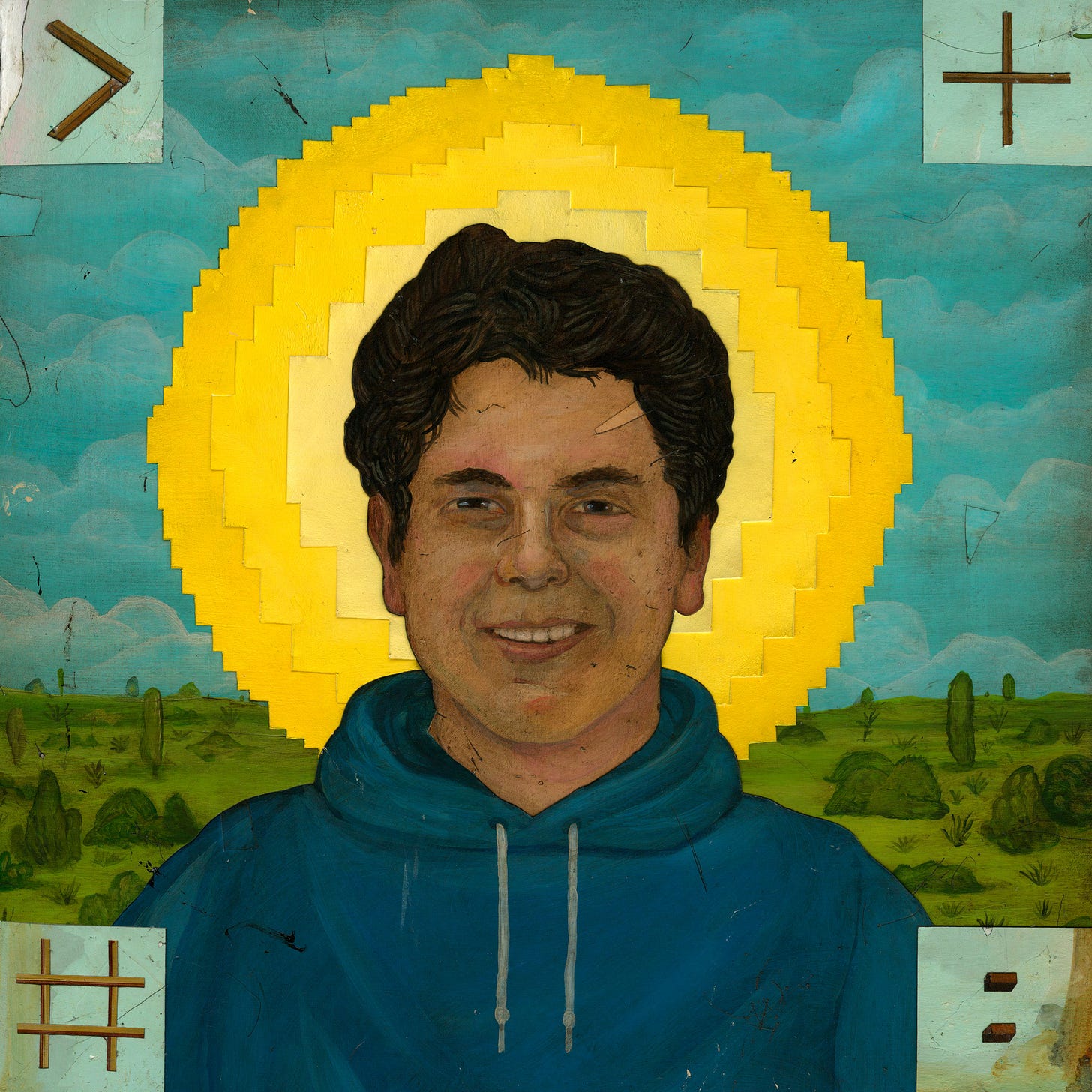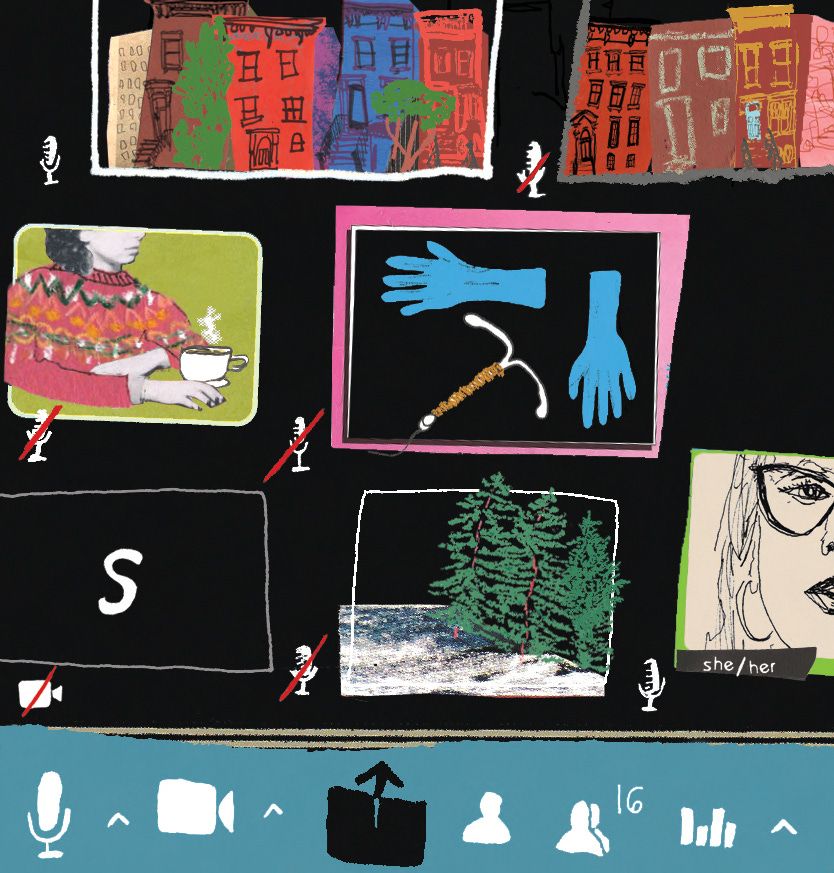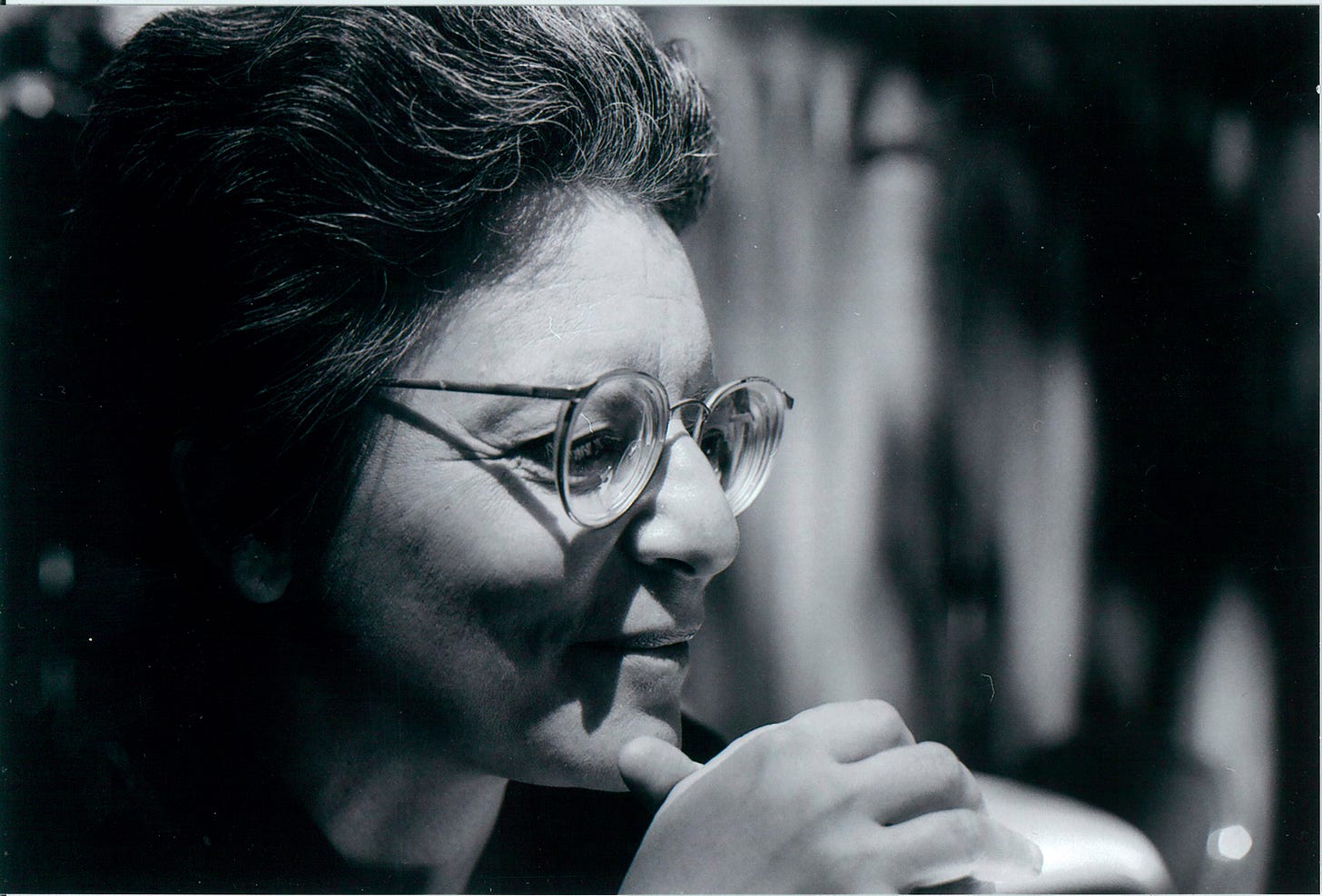Inside the May 2025 Issue
Ben Ehrenreich on the end of peaceful resistance in the West Bank; Maddy Crowell on a potential government cover-up; Geoff Dyer on his mother’s birthmark, and more.
Our May issue is online, which includes Ben Ehrenreich’s chronicle of the end of peaceful resistance in the West Bank; Maddy Crowell’s report on a potential government cover-up of toxic waste contamination at the George Air Force Base; Geoff Dyer’s personal essay on his mother’s death and the birthmark that shaped her life; Emily Harnett’s essay on the canonization of Carlo Acutis, the first millennial saint; Audrey Wollen’s review of the new edition of Shulamith Firestone’s Airless Spaces; Benjamin Kunkel’s review of Paul Reitter’s new translation of Capital; and new fiction from Lynn Steger Strong.
[Letter from the West Bank]
After Nonviolence
The end of peaceful resistance in Palestine
By Ben Ehrenreich
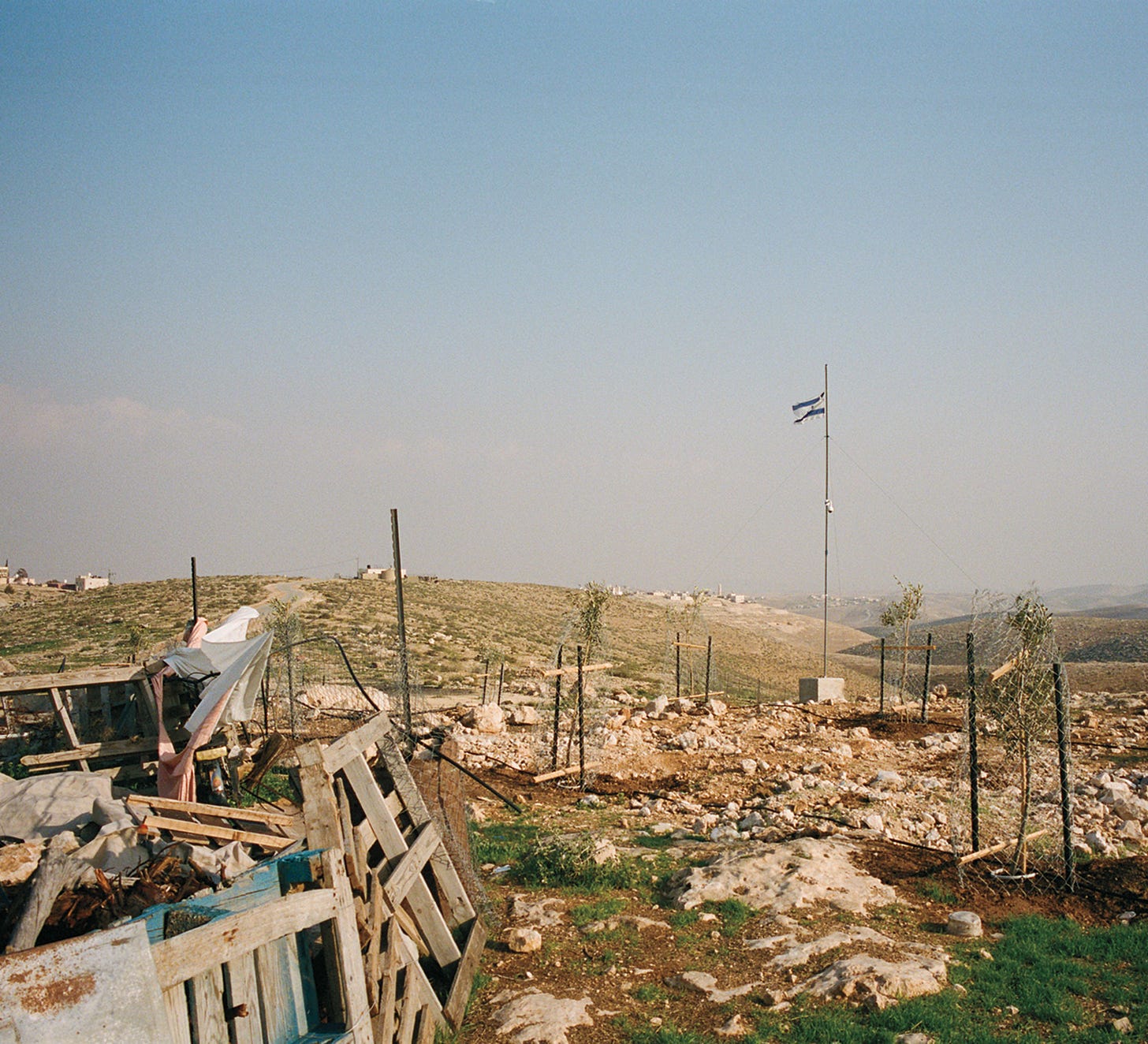
I had moved to the West Bank during the brief season—we could not have known how brief—in which it was possible to believe that even the cruelest regimes might be toppled by people filling the streets and squares and, without weapons or the need for violence, demanding a life of dignity. That moment had passed by the time I left, but the movement limped on, growing closer to death while other approaches gained momentum: spates of solitary stabbings and car rammings. In 2015, the year after Israel’s previous war on Gaza, rammings increased by a factor of six. Over the next seven years, settler assaults on Palestinians jumped ninefold. The number of Palestinians killed by Israeli soldiers began to rise dramatically in 2021, and in the years leading up to the October 7, 2023, attacks, armed groups of Palestinians started to reappear in the cities of the northern West Bank.
Elsewhere the months rolled by, but whenever I returned or checked in with friends, Palestine seemed stuck in a rut: years of passivity and despair followed by giddy weeks of chaos in which it felt like everything might change, until despair settled over everything again. The repetition was hard to bear. People I had come to care about gradually disappeared. Those who could left. Others died or went to prison or suffered some slow internal death invisible to those who didn’t know them. Their absences haunt this story, but they also add up to a different kind of absence: the missing voices of people who have devoted their lives, at great cost, to speaking out, and who now find themselves too afraid to speak.
[Report]
Radioactive Man
On (maybe) unraveling a government cover-up
By Maddy Crowell
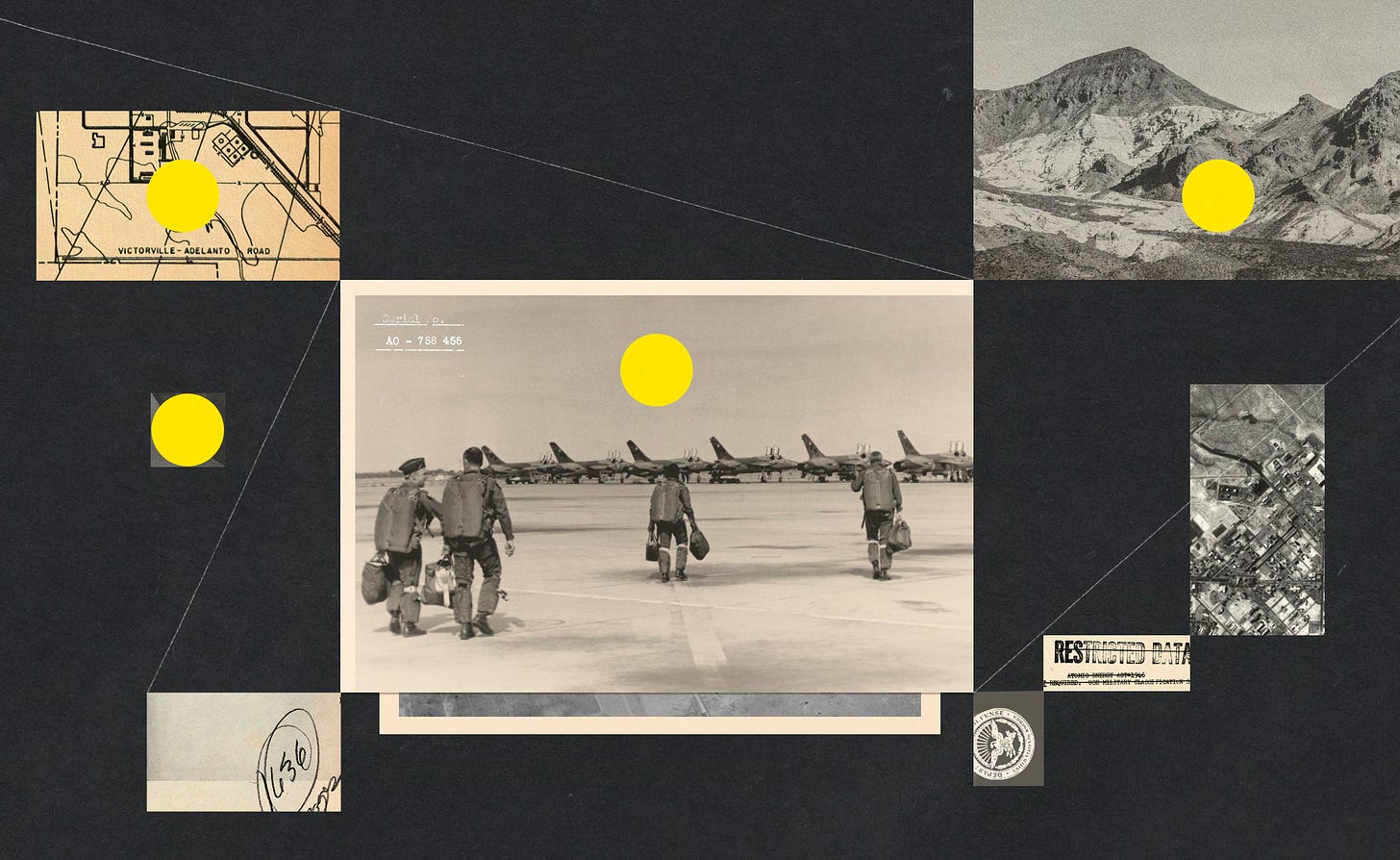
Frank Vera III doesn’t remember the exact time or month of the incident. He just remembers that it was hot, like many days at George Air Force Base, in California’s Mojave Desert—a landscape so desolate, he says, it felt like the loneliest place on earth.
It was 1973, and Frank, an airman first class, was twenty years old. He’d been having a hard time. A few months earlier, he’d been crushed beneath the thousand-pound nose gun of a fighter jet he was working on, leaving him with a concussion, a dislocated wrist and shoulder, broken ribs, compression fractures in his lower spine, and a broken tailbone. He’d been placed on duty restrictions after the accident, and he was degreasing aircraft parts using trichloroethylene—now a known carcinogen—one day when he got word that a friend had died in Vietnam, the third he’d lost to the war.
[Memoir]
The Secret Of Who She Was
How my mother learned to be invisible
By Geoff Dyer
I phoned for an ambulance and, when it arrived, spoke calmly to the paramedics—a man and a woman. From the time of the first death in our extended family, I became aware of how those who fell apart, went to pieces, spent their time bawling, were viewed not with disdain, exactly, but with a lack of respect; crises meant you had to be able to cope, to get things done. In this emergency I needed to be as efficient and composed as possible. And I was—until, as they were carrying her out of the driveway on a gurney, to the ambulance and on to the hospital, I added a few final words to the female paramedic.
“My mum has a very large birthmark on her arm,” I said to this overworked woman who had seen everything, who was unshockable. “It’s been the most important thing in her life.” I couldn’t go on. I was crying. I forced myself to continue. “Can you please do everything you can to make sure that she is covered up in the hospital, that no one sees it?”
[Letter from Assisi]
A Millennial Saint
The canonization of Carlo Acutis
By Emily Harnett
By elevating a teen coder to sainthood, the Church suggests that science and technology need not be at odds with faith. In fact, this has long been the position of the Vatican: a miracle cannot be confirmed without the approval of scientific experts, who help to validate the claims associated with each candidate for sainthood.
[Story]
Beautiful Partygoer
By Lynn Steger Strong
I’d mostly referred to Sophie as Beautiful Partygoer, during those years at NYU. Our first month, she’d been chased down the street by a scout for Law & Order and had spent three weeks filming as an extra. It had somehow filtered to me through communal bathroom talk that Beautiful Partygoer was the name of the role they’d given her.
[Reviews]
When the Battle’s Lost and Won
Shulamith Firestone and the burdens of prophecy
By Audrey Wollen
The difference between The Dialectic of Sex and Airless Spaces is not the difference, if there is one, between a radical feminist and a madwoman; it’s the gulf between soothsaying and surviving the present in the very society you once dreamed of overthrowing.
[Reviews]
The Sameness of Different Things
Reading a new translation of Capital
By Benjamin Kunkel
What might it be like to read the first volume of Capital unaware of the rote aspersions of bourgeois politicians, the smug superiority of official economists, or the strong-armed enthusiasm of avowed Marxists?
Order the May issue at store.harpers.org







